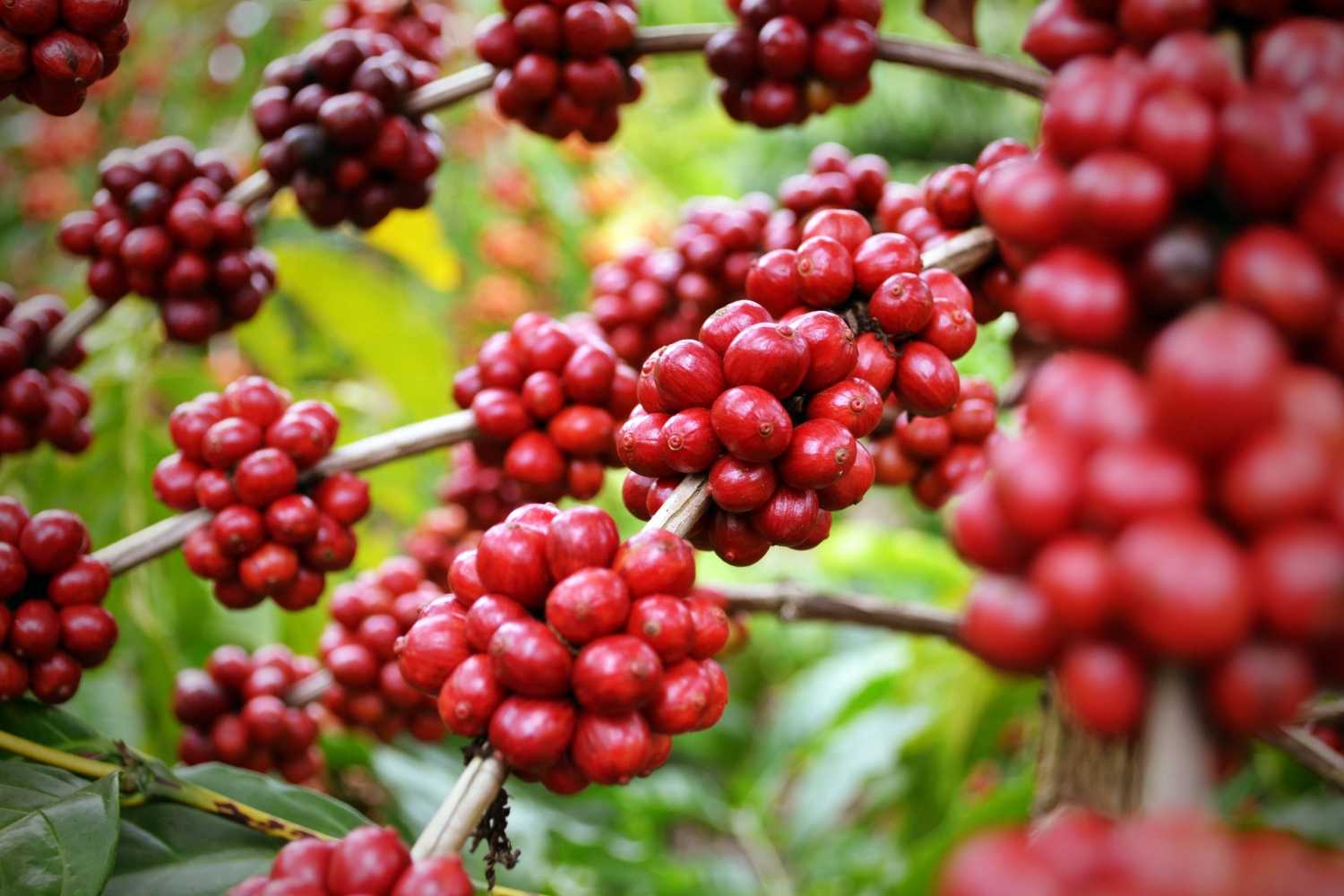With the end of the 2018/19 Robusta harvest in Brazil in early August, the first flowers from the 2019/20 season could be observed in the first fortnight of the month, says Cepea in its latest report.
Although the rain volumes in Espírito Santo and Rondônia States were not large in that period, they were enough to induce small flowerings in both states. Precipitation also helped crops to recover after harvesting.
In Espírito Santo, the first flowers were observed in some crops from northern state. If temperatures increase in the coming weeks, a new and larger flowering may occur.
Favorable weather in the two last seasons encouraged growers to resume investing in Robusta crops, which, in turn, should contribute to keep a good productive potential next season.
In this scenario, agents from ES consulted by Cepea have high expectations regarding the 2019/10 crop.
In Rondônia, flowering is still limited to the regions where it rained more significantly. A larger blossom should only occur if the rain amount increases.
As growers are focused on flowering, the trading pace for Robusta was slow in Brazil in the first fortnight of August. Besides, many coffee growers were retracted from the market, waiting for prices to rise. Thus, new trades were only closed in the spot market when sellers had urgent needs and, still, involved small batches.
Despite the recent price drops in the international market, dollar rises and the slight demand increase underpinned Robusta quotes in Brazil in the first half of the month.
The CEPEA/ESALQ Index for the Robusta type 6, screen 13, Espírito Santo State, closed at 317.09 BRL (81.29 USD) per 60-kilo bag on August 15, stable (-0.68%) compared to that on July 31.
Arabica
Higher moisture in early August hampered the arabica harvesting in the main Brazilian producing regions, and it may lower the beverage quality of some beans. However, agents indicate that, as activities are ending in most regions, the percentage of beans affected by the rain should still be low, compared to the total crop volume.
Until August 10, activities were the most advanced in Garça (SP), reaching 85% of the total volume harvested. In the Cerrado Mineiro and southern MG, harvesting had reached from 70 to 80% of the area, while in the Mogiana (SP), activities were between 60 and 70% in the same period, according to Cepea collaborators. In the Zona da Mata area, the most affected by the weather this season, the volume harvested was still around 50%. In northwestern Paraná, activities ended in the first week of August.
According to agents consulted by Cepea, the rains observed this month may also induce an early flowering at arabica crops, mainly from São Paulo and southern MG, where the rain amount was larger. Several crops had flower buds, but low temperatures were preventing the flowers to open.
In the spot market, arabica quotes decreased in the first fortnight of the month, due to price drops in the international market, as well as dollar drops and the harvesting in Brazil. Although activities were hampered by rains in early August, larger coffee volumes arrived at the market, pressing quotes down. On August 15, the CEPEA/ESALQ Index (delivered in São Paulo) closed at 424.40 BRL (108.79 USD) per 60-kilo bag, 1.3% down compared to that on July 31.
Exportation
In July (the first month of the 2018/19 exporting season), Brazilian coffee shipments increased sharply compared to July/17, according to Cecafé (Coffee Exporters Council). The volume of green coffee (Arabica + Robusta) exported last month totaled 2.03 million bags, 27.5% larger than in July/17.
According to Cecafé, the exportation performance last month was above expectations. Agents expect shipments to increase in 2018/19 too, reflecting the large coffee volume in Brazil.
Higher Robusta shipments should also improve the performance of Brazilian exportations this season. In July, the amount exported totaled 366.6 thousand bags, 18.5-fold that in the same period last year.















